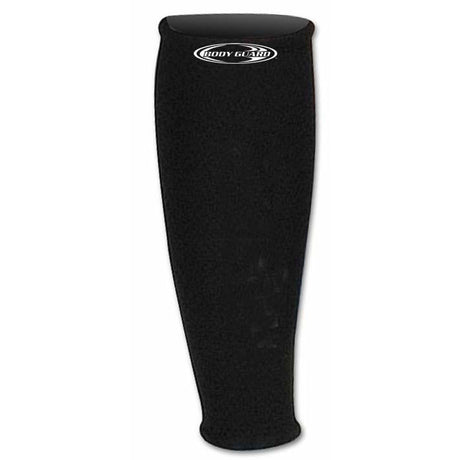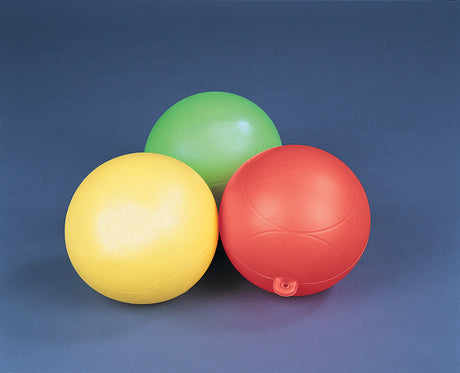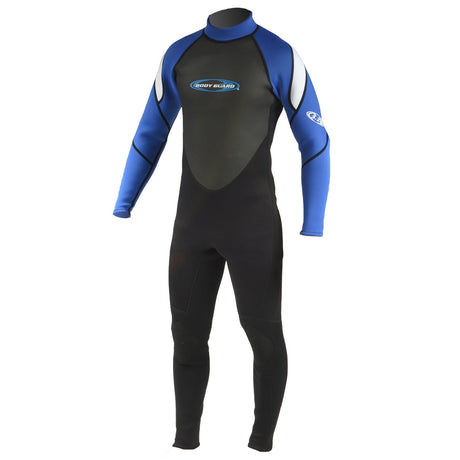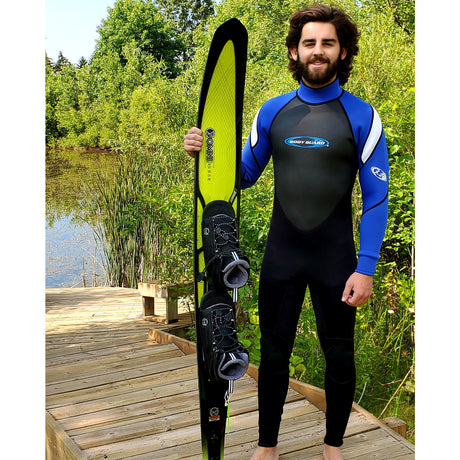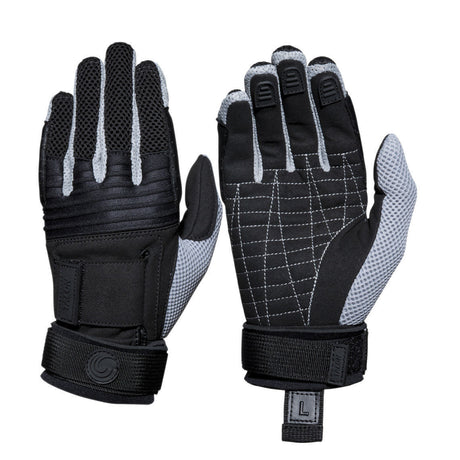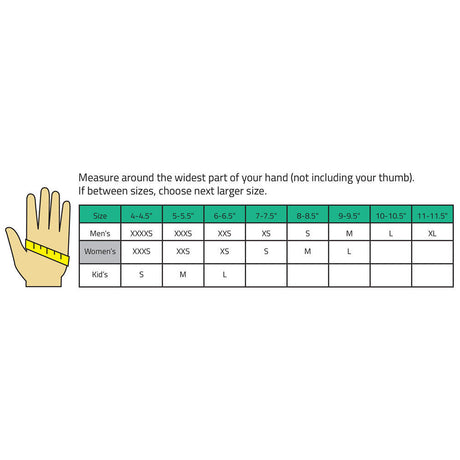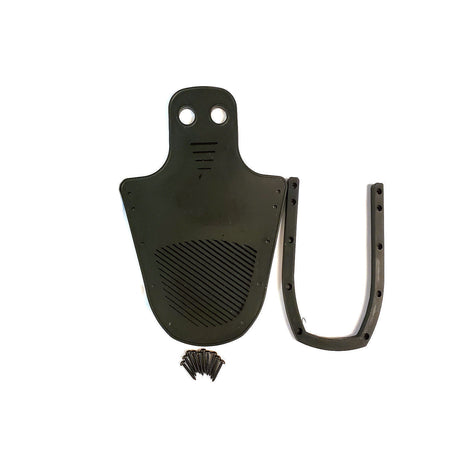Before deciding to slalom ski, most new watersport riders choose a pair of combo skis -- after all, one of the skis can simply be converted into a slalom setup. So, it makes to get a two-for-one deal for your first time on the water.
But what set of combo skis are best for you? That depends on lots of things, like the skis' size and shape, rocker profiles, and what the skis are made of. Let's help you pick the perfect ski combo!
Combo Water Ski Length vs. Rider Weight
NOTE: Combo water skis are typically shorter and wider than dedicated slalom skis.
| Rider Weight | Ski Length |
|---|---|
| 50 - 100 lbs | 58" - 60" |
| 80 - 130 lbs | 62" - 64" |
| 120 - 160 lbs | 65" - 66" |
| 150 - 200 lbs | 67" - 68" |
| 180 - 220 lbs | 69" - 70" |
| 200+ lbs | 71" - 72" |
Keep in mind that the ski sizes above are general guidelines, with ski sizes overlapping certain rider weights. For example, a 120-lb. rider could choose a ski as short as 62", or as long as 66".
"Which Size is Best For Me?"

Pictured: Connelly Voyage Combo Skis (68")
If you prefer stability and wide, swooping runs on open water, go with longer skis. If you plan on converting to a slalom setup later, or if you like tight carving and transitions, a shorter ski in your weight and size range may be preferable.
To keep it simple: Most adult combo water skis are 65" to 68" long. These lengths are great for most riding styles, as they can handle both high-speed, straight-line runs on open water, and tight-carving riding styles.
(Most Kids' Combo Water Skis are 45" to 47")

Pictured: HO Hot Shot Trainer Combo Skis
Teens and older children typically ride smaller adult-size skis referenced in the size chart above. For younger children (typically ages 12 and under, or 80 pounds or less), most combo water skis measure 45" to 47" in length.
Combo Ski Shape
The shape of your skis play another key role in determining how they handle on the water. There are three key components of ski shape to consider: Ski width, rocker profile, and the bottom shape.
Combo Ski Width
All combo water skis fall in particular ranges of widths.
- Standard skis measure 6" to 7" wide. These are considered skinnier than other options. Getting up and moving is more difficult on skis this wide -- but the tradeoff is enjoying better speed and responsiveness.
- Medium skis measure 7" to 8" wide. These skis provide some extra surface area to make getting up and riding easier for new riders, but they're still nimble. This width provides a "happy medium" that allows new riders to get faster and more aggressive as their confidence grows.
- Wide skis measure 8" to 9". These skis are the easiest to learn on -- especially when it comes to getting started in deep water -- and they provide the most stability, making them ideal for brand-new and large riders. But they do sacrifice some top speed and maneuverability.
Combo Water Ski Rockers

Pictured: HO Excel Combo Skis (63")
The rocker describes the curvature of each ski from tip to tail.The key thing to remember with rocker profiles is this: The more aggressive the rocker, the more responsive the ski -- but the more control and experience it demands.
Since combo skis are designed for more casual and new riders, they have smoother, less aggressive rocker profiles. Combo skis don't typically advertise specific rocker profiles like slalom skis.
To learn more about advanced rocker profiles, read our guide to slalom water skis.
Combo Ski Bottom Shapes

The bottom shape of the ski -- often called the tunnel -- plays a more significant role in determine the handling of combo water skis. The ski tunnel is a concave curve that runs along the ski, stopping short of the tip and tail.
Some skis have a dual-tunnel design (like the O'Brien Vortex Combos) to promote stability during high-speed runs in choppy and rough waters.
Other skis (like the HO Burner Combos, pictured above) have a sharper, narrower tunnel called a V-Bottom, which promotes greater tracking and stability in turns.
Combo Ski Materials
Today, virtually all combo water skis are made from the same materials: A poly-foam that is coated in fiberglass, or Reaction Injection Molded (RIM) Plastic.

Pictured: Connelly Eclypse Composite Skis (67")
Fiberglass are composite skis are considered "high-end" configurations. It provides high strength, light weight, and a good balance of flex and stiffness that adapts well to different riding styles.
Plastic skis are considered entry-level options that provide a low price point, making diving into the sport easier on the wallet. These skis tend to be more flexible than fiberglass or composite options, making them gentler to ride, although sacrificing some performance.
Combo Ski Fins

Your combo skis' fins influence turning radius, responsiveness, top speed, and overall stability. There are some basic guidelines to consider when choosing a fin setup:
- Large fins, and fins close to the tail, promote stability but reduce turning potential.
- Small fins, and fins close to the center, promote turning potential but reduce stability.
Learn how to adjust your ski fins for optimal riding here.
Combo Water Ski Bindings
 Pictured: O'Brien Vortex
Pictured: O'Brien Vortex
Combo ski bindings are usually simpler and more affordable than those found on slalom skis. The front binding forms a split boot, with a "pinch-to-adjust" heel that fits numerous foot sizes.
To convert to a slalom setup, one of the two skis also comes with a rear toe plate mounted. Your combo skis can be easily upgraded with more advanced ski bindings.
Ready to ride? Now that you've got all the specs down, it's time to pick out your first or next pair of combo skis! Browse our collection of skis here.
Bindings are one of the most important components of your skis! Read our guides below to ensure you're getting the right setup:



